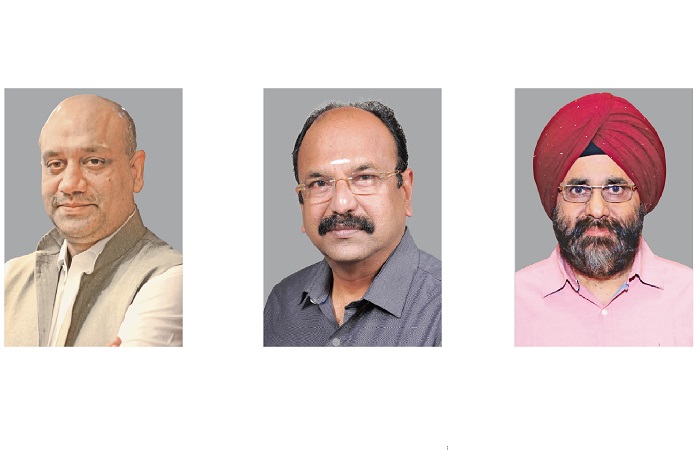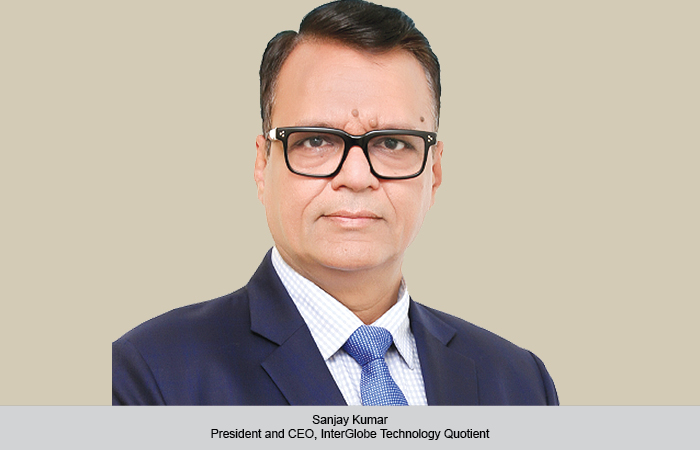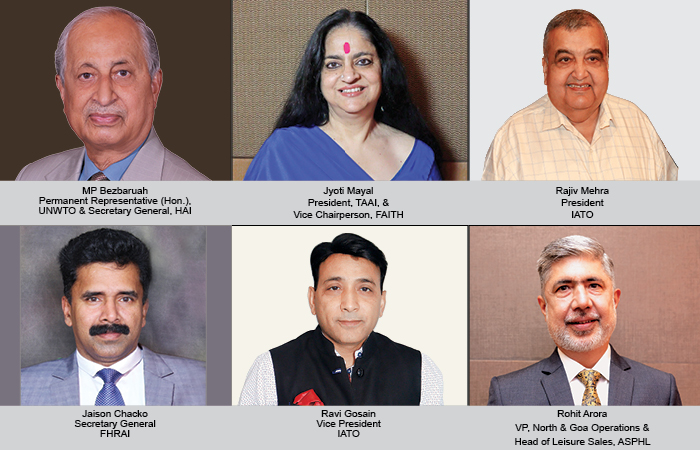Now that the the Goods & Services Tax (GST) has been revised for hotels – 12 per cent for tariff from ₹1000-₹7500 and 18 per cent for tarrif above ₹7500, senior members in the hospitality sector talk about other related issues that still need to be ironed out, including Input Tax Credit and a simpler process.
Sudesh Poddar, EC member, FHRAI
The recent incentives from the government in terms of corporate tax relief coupled with the GST rate cut are important, but there are still some teething problems that need to be edged out. The highest slab of GST should not exceed 12 per cent in hotels and restaurants keeping in alignment with GST rates in the hospitality industry in neighbouring countries.This will help India’s hospitality industry compete with these countries and attract more foreign tourists so that more foreign exchange is earned by the country. GST compliance procedure should be simplified and be made more user-friendly. The current system is not friendly for a lot of members of the hospitality sector, especially those in small towns and areas with poor internet connectivity.
For budding entrepreneurs in the hospitality sector, Input Tax Credit should be allowed when they buy the construction materials and other essentials required for the building of a hotel or a restaurant. This will encourage more investments and more employment in the sector.
Dr M Venkadasubbu, Jt. Hony. Secretary, FHRAI
An important issue that remains is that the tax on gas for domestic use is five per cent, while for commercial use it is18 per cent. We have requested that the same should be reduced to five per cent. Tax rate for bakeries needs to be rationalised; the problem with taxes in the bakeries is the slab of a different GST for various products as zero per cent, five per cent, 12 per cent, and 28 per cent. Bakery products are also food items and tax rates must be rationalised. For savouries, there are two rates – five per cent for unbranded and 12.5 per cent for branded – which need to be rationalised. There are no differential rates in sweets.
Restaurants should be treated on a par with manufacturers and traders, who enjoy threshold exemption upto ₹40 lakh per annum for a turnover of ₹1.5 crore and GST is just one per cent, whereas for restaurants, exemption is only up to ₹20 lakh with a composite levy of five per cent limited to annual turnover. For restaurants, collectable tax rate is five per cent, irrespective of turnover. Another problem we are facing is that if we let out the hall alone, the GST is 18 per cent.
TS Walia, EC Member, FHRAI
To be competitive with our neighbouring countries, the maximum indirect tax (GST) that we levy on hotel rooms must be capped at 12 per cent. Though the drop from 18 per cent on more expensive rooms may seem like a drop in government revenue at face value, the quantum gain will actually far outstrip this number. Another aspect is input charge. Measures should be taken to deduct from the payable tax amount money that has been already levied as tax. When we calculate national income, we take into account only the prices of the final goods and services produced in an economy in a given year. Intermediate products used as inputs for sale at a later stage are not included. Going by that same approach, it is essential to maintain systemic uniformity, and that hospitality business is provided with either only taxation at the final stage or the amount already payed as tax be deducted from the payable amount.
If there could be categorisation or perhaps an exceptional condition for a few industries, it would certainly decrease the filing burden by multiple orders of magnitude.
 TravTalk India Online Magazine
TravTalk India Online Magazine





